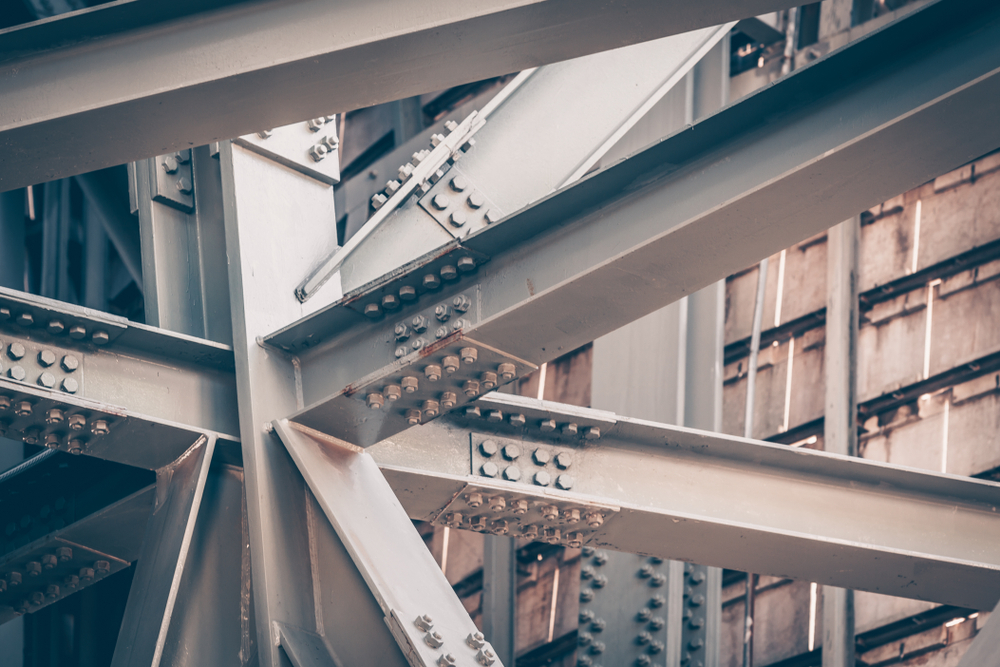Although steel in its most primeval form has been in existence for about 4000 years, it is only during the great railroad construction decades of the 19th century that it started to make its impact as a viable metal for engineering construction. The production of iron was slow and cumbersome, so Henry Bessemer developed a process, refined by Sidney Gilchrist Thomas in 1876 that produced the robust metal we know today as steel.
PREDICTING A MULTI BILLION DOLLAR INDUSTRY
By the end of the 19th century, capitalists such as Andrew Carnegie recognised the long term prospects of steel, investing millions, and seeing returns of investments in billions. In fact, Andrew Carnegie’s US Steel Corporation was the first ever corporation that was valued at £1 billion when it was launched in 1901.
Today the global steel market is worth over $840 billion, and is expected to grow to $1,010 billion by 2026, according to EMR.
INCORPORATING STEEL INTO EVERY AREA OF LIFE
When you consider that steel sections are used in every area of construction, from furniture manufacturing right through to creating the infrastructure of high storey buildings, it begs the questions what we would do without this most robust, durable and strong of metals.

BEARING PILES
With the amount of redevelopment and restructuring that goes on in our cities, it makes you understand how important it is to specify a system that is going to be able to create a strong enough foundation in a built up area where normal foundations are not possible. Steel extruded bearing piles are designed to transmit the load of a building – often thousands of tonnes of weight. These H-shaped steel sections set in dense soil footings give a stable and structurally sound foundation.
APPRECIATING THE UNAPPRECIATED
Steel plates (not to be confused with steel sheets) are the most underappreciated of steel sections. They can be sued to reinforce a structure, or when used as a base, helps to redistribute the weight load for greater structural stability. The versatility of steel plates means that they are used extensively and the construction industry, bot for bridges and for buildings where steel beams need anchoring. Their innate strength also means they are often used to cover military vehicles to protect against gunfire.
WHAT TO CONSIDER WHEN SPECIFYING A STEEL
With the vast array of different types of steel available on the market, there are a number of different questions you need to answer before deciding on what steel would best perform for your particular project.
- What is the ambient temperature of the area in which the steel will be used, and will this be exposed to changing extremities in temperature?
- What are your cost expectations, particular in regards to market pricing requirements?
- Will the steel section be subject to creep or fatigue, and what will be the acceptable load strain?
- What are the weather conditions of the construction?
- Does the steel supplier meet the necessary quality standards in the country, such as AISC, to underpin and validate their level of professional expertise?
- Does the manufacturer have a good understanding of architectural and technical drawings, and is able to translate these to the production processes?
Also read: How to replace a garage door for fresh curb appeal?
ARE THERE ANY ALTERNATIVES TO STEEL?
Although there are a number of alternatives to steel these days, there is nothing that quite surpasses it in terms of durability and strength. Aluminium is a favourite, being lighter. But it does not have the innate strength of steel, is not heat or wear resistant and often works out as more expensive. In construction, timber and concrete are often considered viable alternatives, but still lack the innate strength. Indeed, there is still often a steel framework which underpins large concrete or timber structures.

